Home>Home Appliances>Laundry Appliances>How Do You Sanitize A Washing Machine


Laundry Appliances
How Do You Sanitize A Washing Machine
Modified: August 27, 2024
Learn how to effectively sanitize your laundry appliances with our expert tips. Keep your washing machine clean and germ-free for healthier laundry.
(Many of the links in this article redirect to a specific reviewed product. Your purchase of these products through affiliate links helps to generate commission for Storables.com, at no extra cost. Learn more)
Importance of Sanitizing Your Washing Machine
Maintaining a clean and sanitized washing machine is crucial for ensuring the cleanliness and freshness of your laundry. Over time, washing machines can become breeding grounds for bacteria, mold, and mildew, leading to unpleasant odors and potential health hazards. By regularly sanitizing your washing machine, you can effectively eliminate these harmful contaminants and preserve the hygiene of your clothes.
A sanitized washing machine not only enhances the cleanliness of your laundry but also prolongs the lifespan of the appliance. The accumulation of dirt, detergent residue, and fabric softener in the nooks and crannies of the machine can compromise its efficiency and lead to mechanical issues. By incorporating regular sanitization into your laundry routine, you can prevent these buildups and maintain the optimal performance of your washing machine.
Furthermore, a sanitized washing machine contributes to a healthier home environment. By eradicating bacteria and mold, you reduce the risk of cross-contamination between loads of laundry, safeguarding your family against potential illnesses. Additionally, eliminating musty odors and mildew from your washing machine ensures that your freshly laundered clothes retain their natural freshness, enhancing the overall laundry experience.
In essence, the importance of sanitizing your washing machine cannot be overstated. It is a fundamental aspect of home maintenance that directly impacts the cleanliness, hygiene, and longevity of both your laundry and the appliance itself. By prioritizing the regular sanitization of your washing machine, you can uphold a standard of cleanliness that extends beyond your clothes, promoting a healthier and more pleasant living environment for you and your family.
Key Takeaways:
- Regularly sanitizing your washing machine is crucial for keeping your laundry clean and fresh, preventing bacteria and mold buildup, and maintaining the appliance’s efficiency and lifespan.
- Using natural cleaners like vinegar and baking soda, along with regular maintenance tips, can effectively sanitize your washing machine, eliminate odors, and promote a clean and hygienic laundry environment.
Common Methods for Sanitizing a Washing Machine
When it comes to maintaining a clean and hygienic washing machine, there are several effective methods for sanitization. These approaches are designed to eliminate bacteria, mold, and mildew that can accumulate within the machine, ensuring that your laundry is consistently fresh and free from potential contaminants. Here are some common methods for sanitizing a washing machine:
-
Using Hot Water: Running a hot water cycle without any laundry or detergent can help to flush out bacteria and germs from the internal components of the washing machine. The high temperature of the water effectively disinfects the drum and hoses, providing a simple yet powerful method of sanitization.
-
Using Cleaning Tablets: Specialized washing machine cleaning tablets are available on the market, designed to target and eliminate odor-causing residues and bacteria. These tablets can be added to an empty washing machine and run through a cleaning cycle, effectively sanitizing the interior and leaving behind a fresh, clean scent.
-
Using Natural Cleaners: Natural cleaning agents such as vinegar, baking soda, and citric acid can be used to sanitize a washing machine. These ingredients possess natural antibacterial properties and can effectively break down and eliminate mold and mildew, leaving the machine clean and fresh without the use of harsh chemicals.
-
Using Bleach: Adding a small amount of bleach to a hot water cycle can effectively sanitize the washing machine, killing bacteria and mold. It is important to follow the manufacturer's guidelines for the appropriate amount of bleach to use and to ensure that the bleach is thoroughly rinsed from the machine after the cleaning cycle.
-
Using Steam Cleaning: Some modern washing machines are equipped with a steam cleaning function, which utilizes high-temperature steam to sanitize the interior of the machine. This method is highly effective in eliminating bacteria and allergens, providing a thorough and convenient sanitization process.
By incorporating these common methods for sanitizing a washing machine into your regular laundry routine, you can ensure that your appliance remains clean, fresh, and free from harmful contaminants. Each method offers its own unique benefits, allowing you to choose the approach that best suits your preferences and the specific needs of your washing machine. Regular sanitization not only enhances the cleanliness of your laundry but also contributes to the overall hygiene and longevity of your washing machine, ensuring optimal performance and a healthier home environment.
Using Vinegar to Sanitize Your Washing Machine
Vinegar, a versatile and natural household cleaner, is a highly effective agent for sanitizing a washing machine. Its acidic nature makes it an excellent choice for breaking down and eliminating mold, mildew, and bacteria that may accumulate within the machine. Additionally, vinegar is safe, eco-friendly, and readily available, making it a popular choice for those seeking a natural approach to washing machine maintenance.
To utilize vinegar for sanitizing your washing machine, begin by ensuring that the drum is empty. Next, pour two cups of white vinegar into the detergent dispenser or directly into the drum. White vinegar is preferred due to its clear color and lack of residual dyes that could potentially stain clothing. Once the vinegar is added, set the washing machine to a hot water cycle. The high temperature, combined with the acidic properties of the vinegar, effectively disinfects the interior of the machine, targeting and eliminating any lingering bacteria, mold, or mildew.
As the hot water and vinegar circulate through the washing machine, the acidic nature of the vinegar works to break down any mineral deposits and soap scum that may have accumulated within the drum and hoses. This cleansing action not only sanitizes the machine but also helps to improve its overall performance and efficiency.
After the hot water cycle is complete, it is beneficial to wipe down the interior of the washing machine with a clean cloth dampened with vinegar. This additional step helps to remove any remaining residue and ensures a thorough sanitization process. Furthermore, wiping down the rubber door seal and other crevices with vinegar can effectively eliminate any mold or mildew that may be present in these hard-to-reach areas.
Once the sanitization process is complete, it is important to run an additional rinse cycle to ensure that any residual vinegar is thoroughly removed from the machine. This step helps to prevent any lingering vinegar scent from transferring to future loads of laundry.
By incorporating vinegar into your washing machine maintenance routine on a regular basis, you can effectively sanitize the appliance, eliminate odors, and maintain a clean and hygienic laundry environment. The natural antibacterial properties of vinegar make it a valuable and cost-effective solution for promoting the cleanliness and longevity of your washing machine, while also contributing to a healthier home environment for you and your family.
Run a hot water cycle with 1-2 cups of white vinegar to clean and sanitize your washing machine. Then wipe down the inside with a mixture of water and baking soda.
Using Bleach to Sanitize Your Washing Machine
Bleach is a powerful disinfectant that can effectively sanitize a washing machine, eliminating bacteria, mold, and mildew that may accumulate within the appliance. When used correctly, bleach provides a thorough and reliable method for maintaining a clean and hygienic laundry environment.
To utilize bleach for sanitizing your washing machine, it is essential to follow specific guidelines to ensure safe and effective results. Begin by ensuring that the washing machine drum is empty. Next, carefully measure the appropriate amount of bleach according to the manufacturer's recommendations. It is crucial to use bleach in the correct concentration to avoid damaging the machine or leaving behind residual odors on clothing.
Once the correct amount of bleach is measured, add it to the detergent dispenser or directly into the washing machine drum. It is important to use caution when handling bleach, as it is a potent chemical that can cause skin and eye irritation. Therefore, wearing protective gloves and ensuring adequate ventilation in the laundry area is advisable when working with bleach.
After adding the bleach, set the washing machine to a hot water cycle. The high temperature of the water, combined with the disinfecting properties of the bleach, effectively sanitizes the interior of the machine, targeting and eliminating any lingering bacteria, mold, or mildew. This thorough cleansing action helps to maintain the cleanliness and hygiene of the washing machine, ensuring that future loads of laundry are free from potential contaminants.
Following the completion of the hot water cycle, it is crucial to run an additional rinse cycle to ensure that any residual bleach is thoroughly removed from the machine. This step is essential for preventing any lingering bleach scent from transferring to subsequent loads of laundry, as well as for minimizing the risk of skin irritation from contact with residual bleach.
When using bleach to sanitize a washing machine, it is important to adhere to the manufacturer's guidelines and recommendations. Additionally, it is advisable to perform this sanitization process on a periodic basis to maintain the optimal cleanliness and performance of the appliance.
By incorporating bleach into your washing machine maintenance routine as directed, you can effectively sanitize the appliance, eliminate odors, and promote a clean and hygienic laundry environment. The disinfecting properties of bleach make it a valuable and reliable solution for maintaining the cleanliness and longevity of your washing machine, contributing to a healthier home environment for you and your family.
Using Baking Soda to Sanitize Your Washing Machine
Baking soda, a versatile and natural cleaning agent, offers an effective and eco-friendly approach to sanitizing a washing machine. Its gentle abrasive properties and natural deodorizing capabilities make it an ideal choice for eliminating odors, removing stains, and neutralizing bacteria within the appliance. Incorporating baking soda into your washing machine maintenance routine can contribute to a clean, fresh, and hygienic laundry environment.
To utilize baking soda for sanitizing your washing machine, begin by ensuring that the drum is empty. Next, measure out a half cup of baking soda and add it directly into the washing machine drum. Baking soda is renowned for its ability to neutralize odors and break down stains, making it an excellent choice for targeting and eliminating residual odors and bacteria within the machine.
Once the baking soda is added, set the washing machine to a hot water cycle. The high temperature of the water, combined with the cleansing properties of the baking soda, effectively sanitizes the interior of the machine, targeting and neutralizing any lingering bacteria, mold, or mildew. This thorough cleansing action not only sanitizes the machine but also helps to freshen and brighten the interior, leaving it clean and revitalized.
As the hot water and baking soda circulate through the washing machine, the gentle abrasive nature of the baking soda works to dislodge and remove any buildup of dirt, grime, and detergent residue that may have accumulated within the drum and hoses. This cleansing action not only promotes a sanitized environment but also contributes to the overall cleanliness and efficiency of the washing machine.
After the hot water cycle is complete, it is beneficial to wipe down the interior of the washing machine with a clean cloth dampened with water and baking soda. This additional step helps to remove any remaining residue and ensures a thorough sanitization process. Furthermore, wiping down the rubber door seal and other crevices with a baking soda solution can effectively eliminate any lingering odors and promote a fresh, clean scent within the machine.
Once the sanitization process is complete, it is important to run an additional rinse cycle to ensure that any residual baking soda is thoroughly removed from the machine. This step helps to prevent any lingering baking soda residue from transferring to future loads of laundry.
By incorporating baking soda into your washing machine maintenance routine on a regular basis, you can effectively sanitize the appliance, eliminate odors, and maintain a clean and hygienic laundry environment. The natural deodorizing and cleansing properties of baking soda make it a valuable and cost-effective solution for promoting the cleanliness and longevity of your washing machine, while also contributing to a healthier home environment for you and your family.
Read more: How To Sanitize A Public Washing Machine
Tips for Maintaining a Sanitized Washing Machine
Maintaining a sanitized washing machine is essential for preserving the cleanliness and hygiene of your laundry and the appliance itself. By incorporating the following tips into your regular laundry routine, you can ensure that your washing machine remains free from bacteria, mold, and odors, providing a consistently fresh and hygienic environment for your clothes.
-
Regular Cleaning Schedule: Establish a regular cleaning schedule for your washing machine to prevent the buildup of bacteria and mold. Consider setting a monthly reminder to perform a thorough cleaning and sanitization process, ensuring that your appliance remains clean and hygienic.
-
Leave the Door Ajar: After completing a laundry cycle, leave the door of the washing machine slightly ajar to allow air circulation and prevent the accumulation of moisture. This simple practice can help to inhibit the growth of mold and mildew within the machine.
-
Clean the Dispenser Drawers: Periodically remove and clean the detergent and fabric softener dispenser drawers to prevent the buildup of residue and mold. Use a mild cleaning solution and a brush to thoroughly clean the drawers, ensuring that they remain free from contaminants.
-
Wipe Down the Rubber Seal: The rubber door seal of the washing machine can harbor mold and mildew if not properly maintained. Regularly wipe down the rubber seal with a solution of water and vinegar or a mild detergent to eliminate any lingering bacteria and prevent odors.
-
Use High-Efficiency Detergent: Opt for high-efficiency (HE) detergent when laundering your clothes, as it is formulated to produce fewer suds and residues. Using HE detergent can help prevent the buildup of soap scum and minimize the need for frequent cleaning of the washing machine.
-
Remove Wet Laundry Promptly: Promptly remove wet laundry from the washing machine after the cycle is complete to prevent the development of musty odors. Allowing damp clothing to sit in the machine can create an environment conducive to mold and mildew growth.
-
Inspect and Clean the Filter: If your washing machine is equipped with a lint or debris filter, inspect it regularly and remove any accumulated debris. A clean filter promotes efficient drainage and prevents the retention of moisture within the machine.
-
Monitor the Drainage System: Ensure that the washing machine's drainage system is free from obstructions and debris. Periodically check the drain hose and remove any blockages to maintain optimal drainage and prevent water buildup.
By implementing these tips for maintaining a sanitized washing machine, you can uphold a standard of cleanliness and hygiene that extends beyond your laundry, promoting a healthier and more pleasant home environment. Regular maintenance and sanitization not only contribute to the longevity of your washing machine but also ensure that your clothes are consistently fresh and free from potential contaminants.
Frequently Asked Questions about How Do You Sanitize A Washing Machine
Was this page helpful?
At Storables.com, we guarantee accurate and reliable information. Our content, validated by Expert Board Contributors, is crafted following stringent Editorial Policies. We're committed to providing you with well-researched, expert-backed insights for all your informational needs.
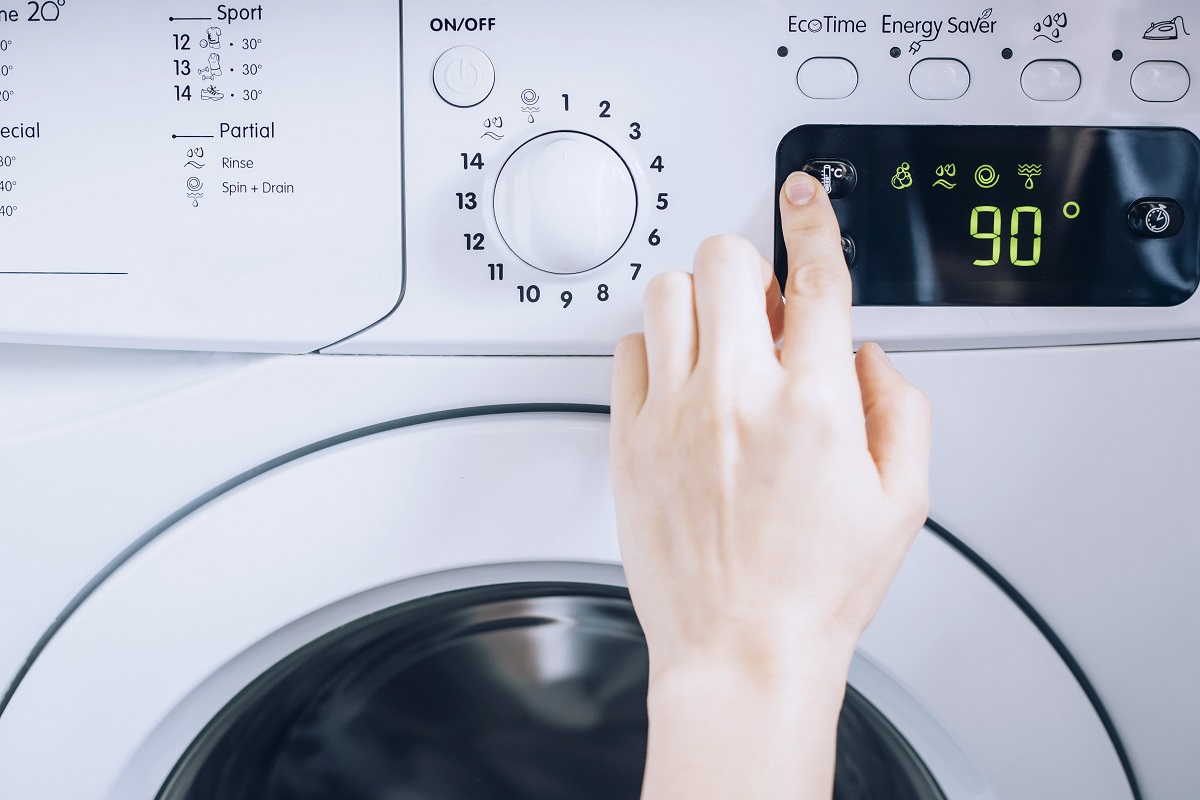
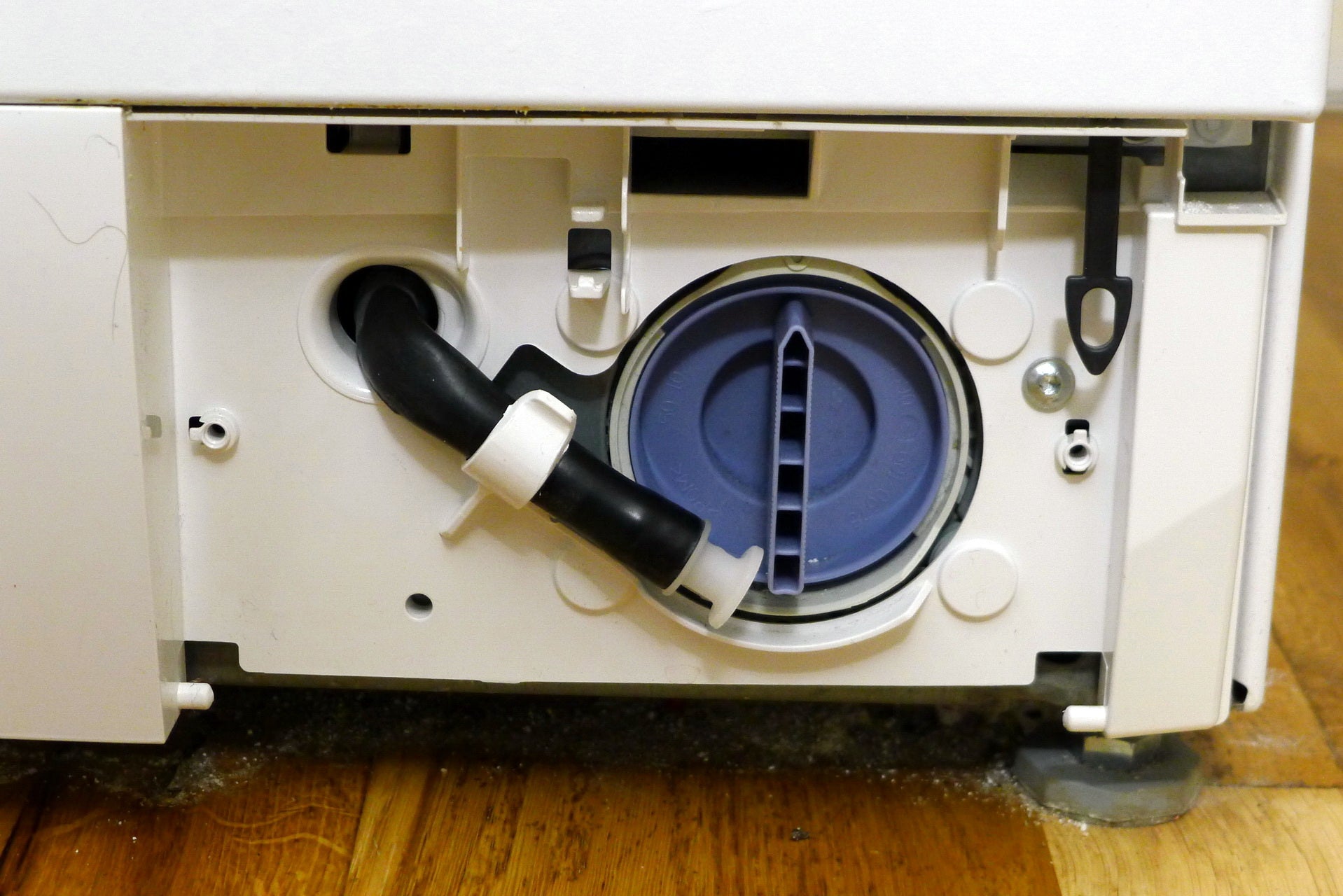

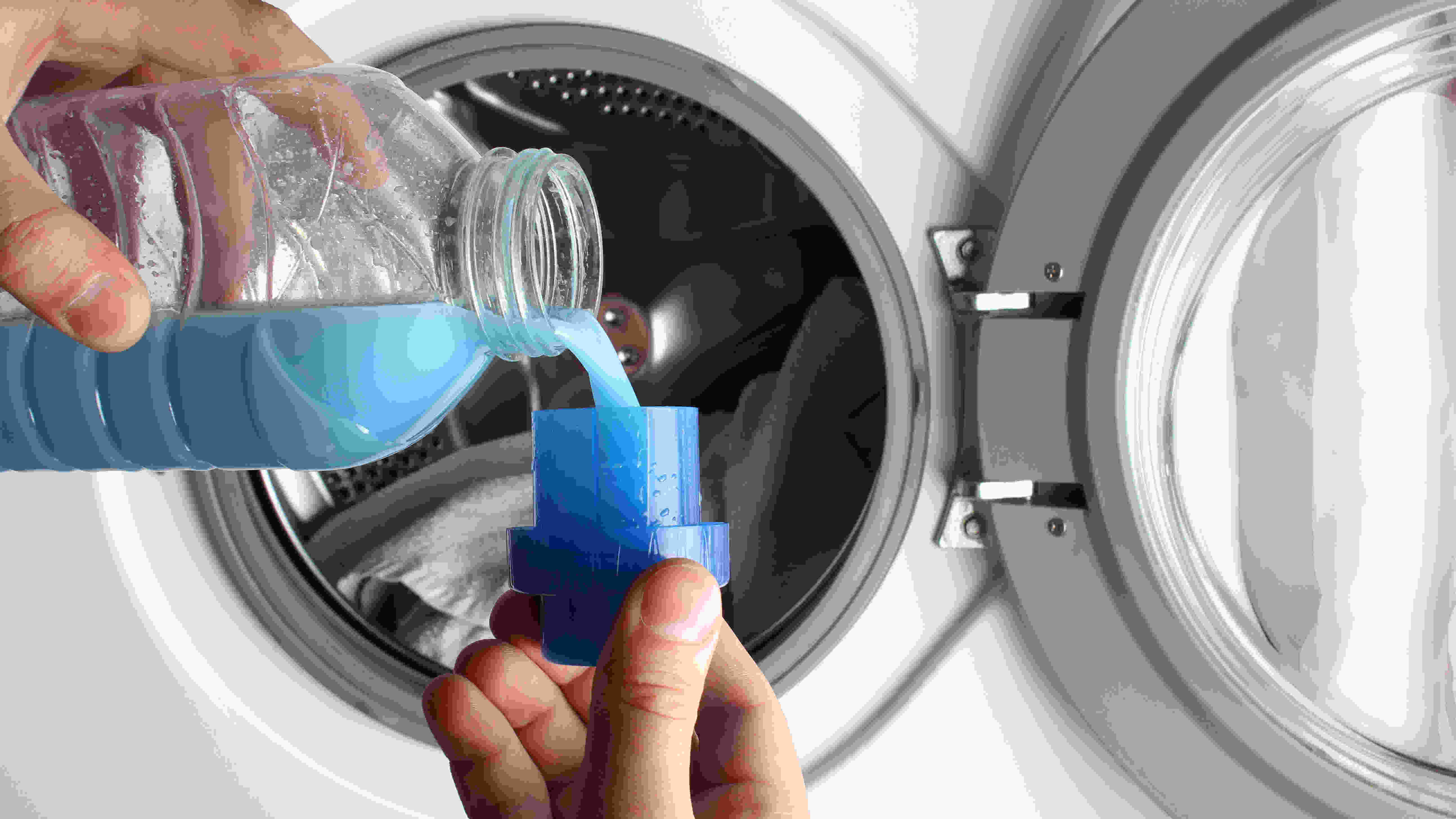
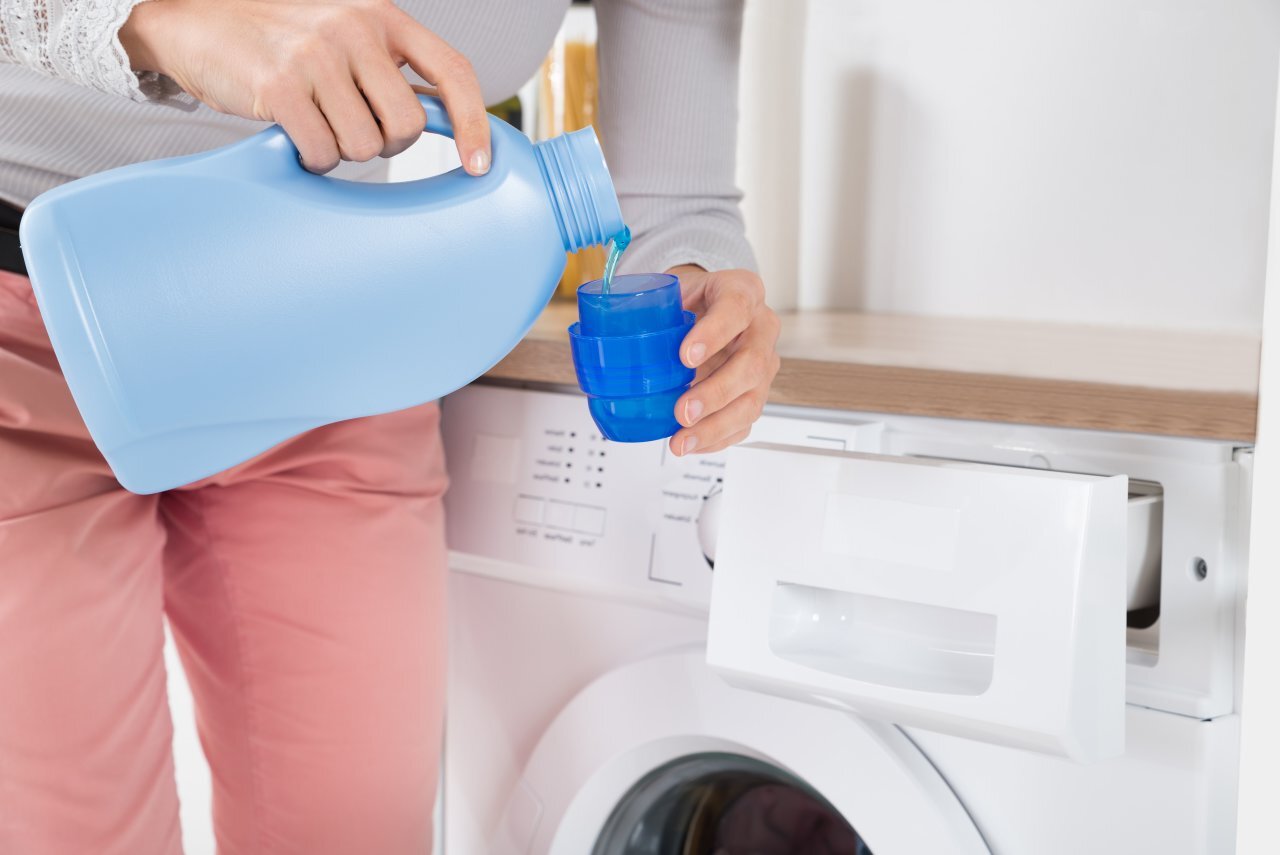
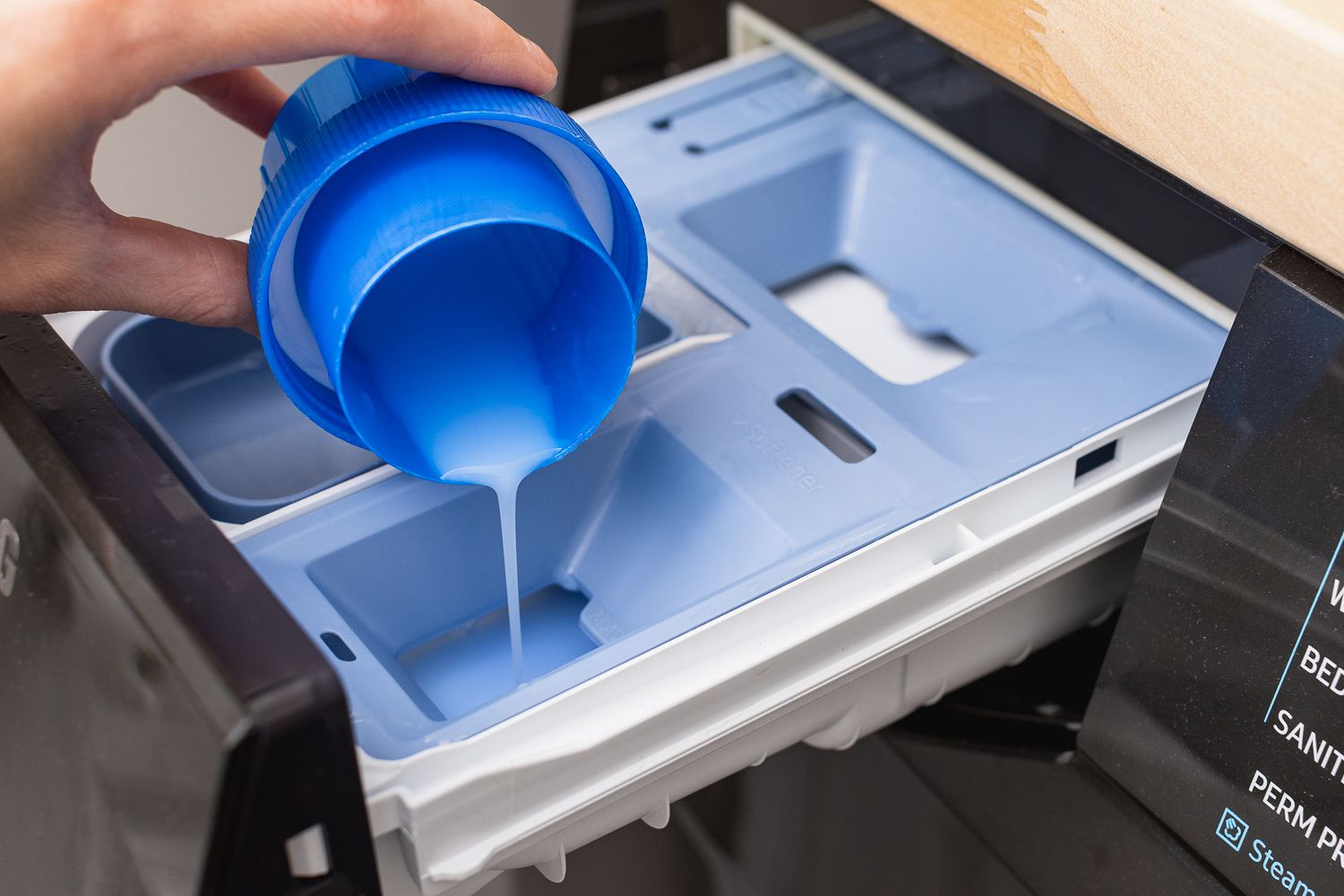
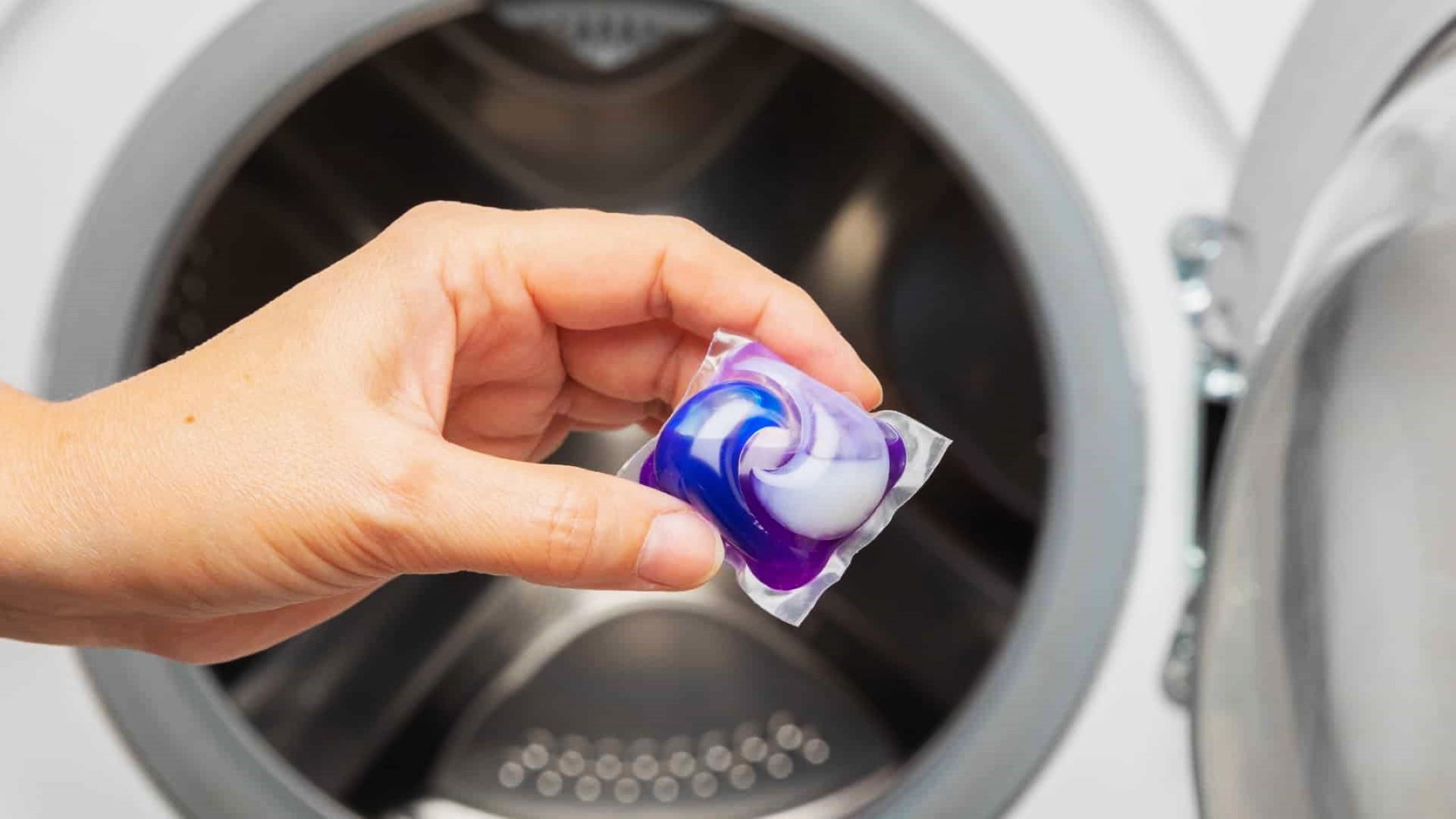
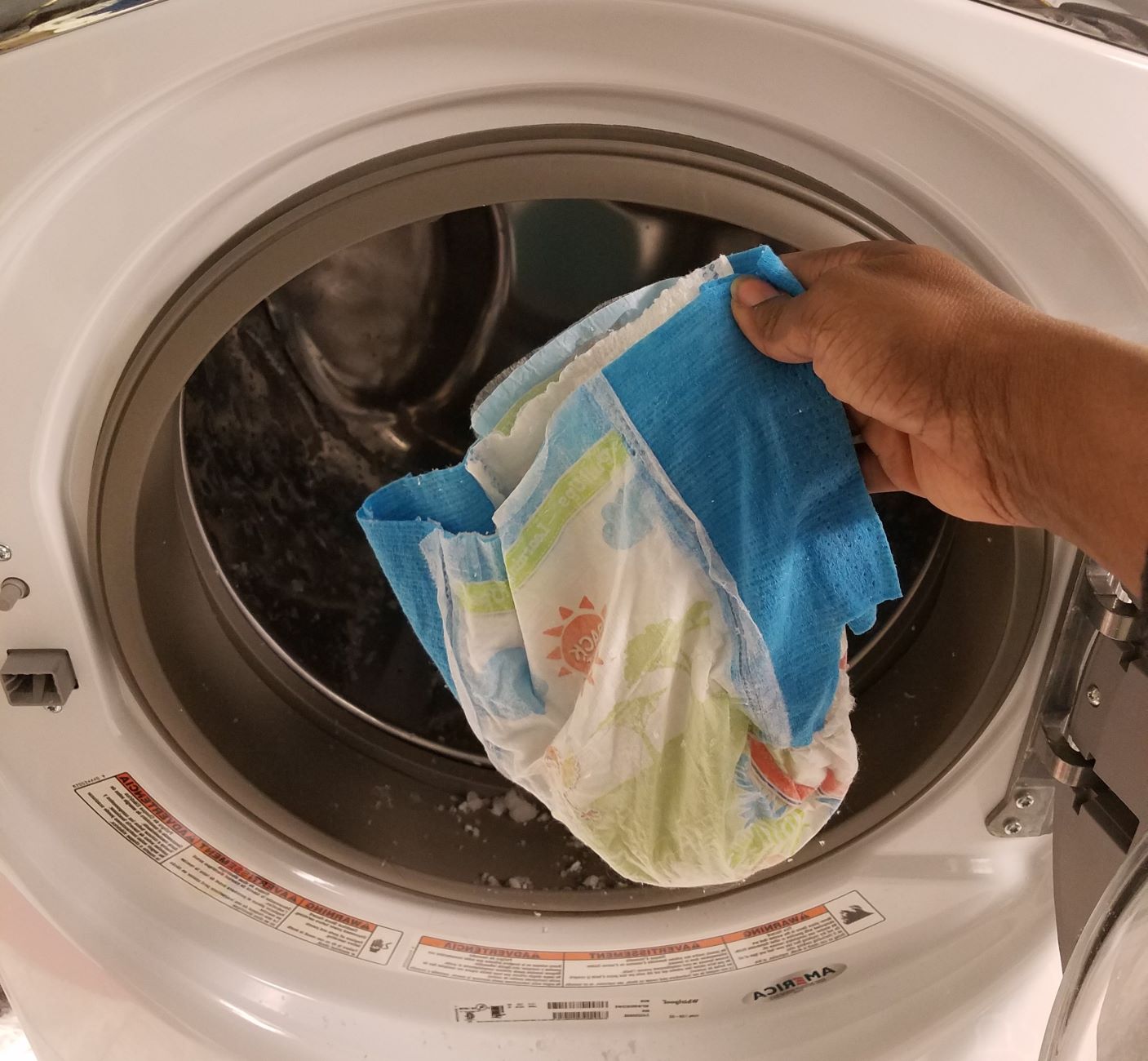
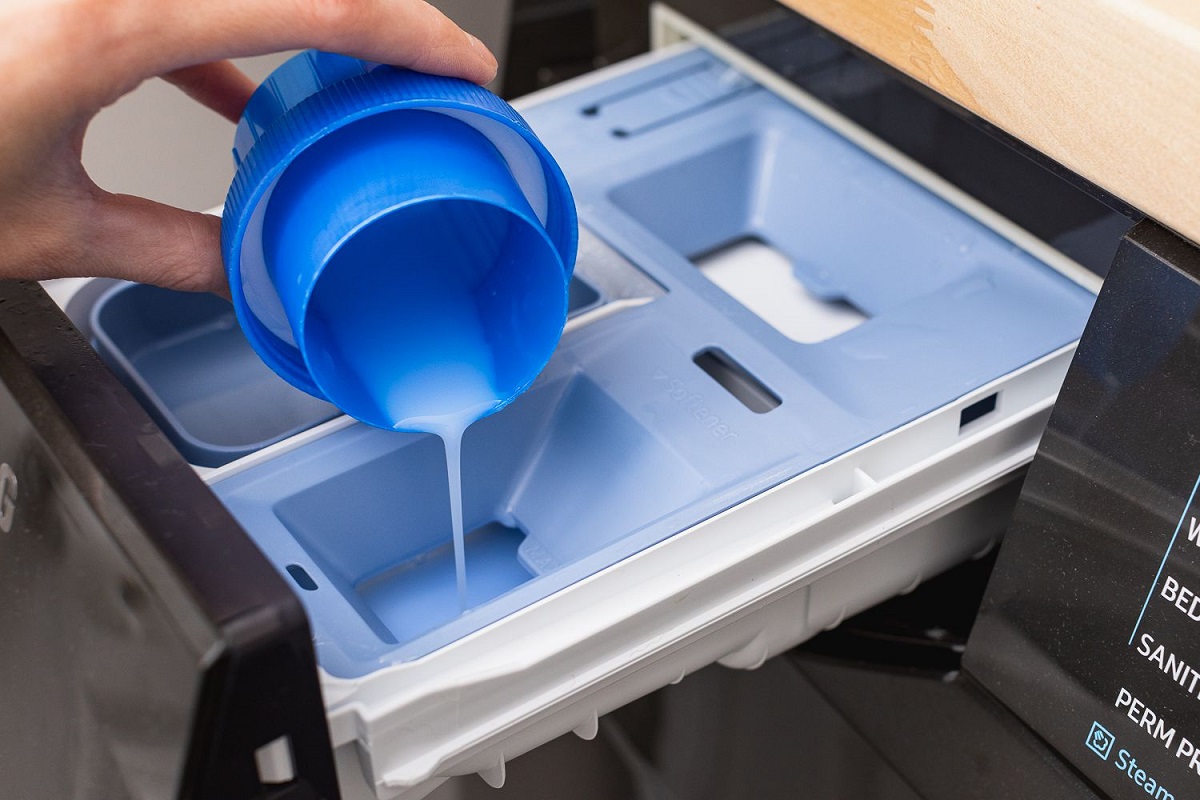
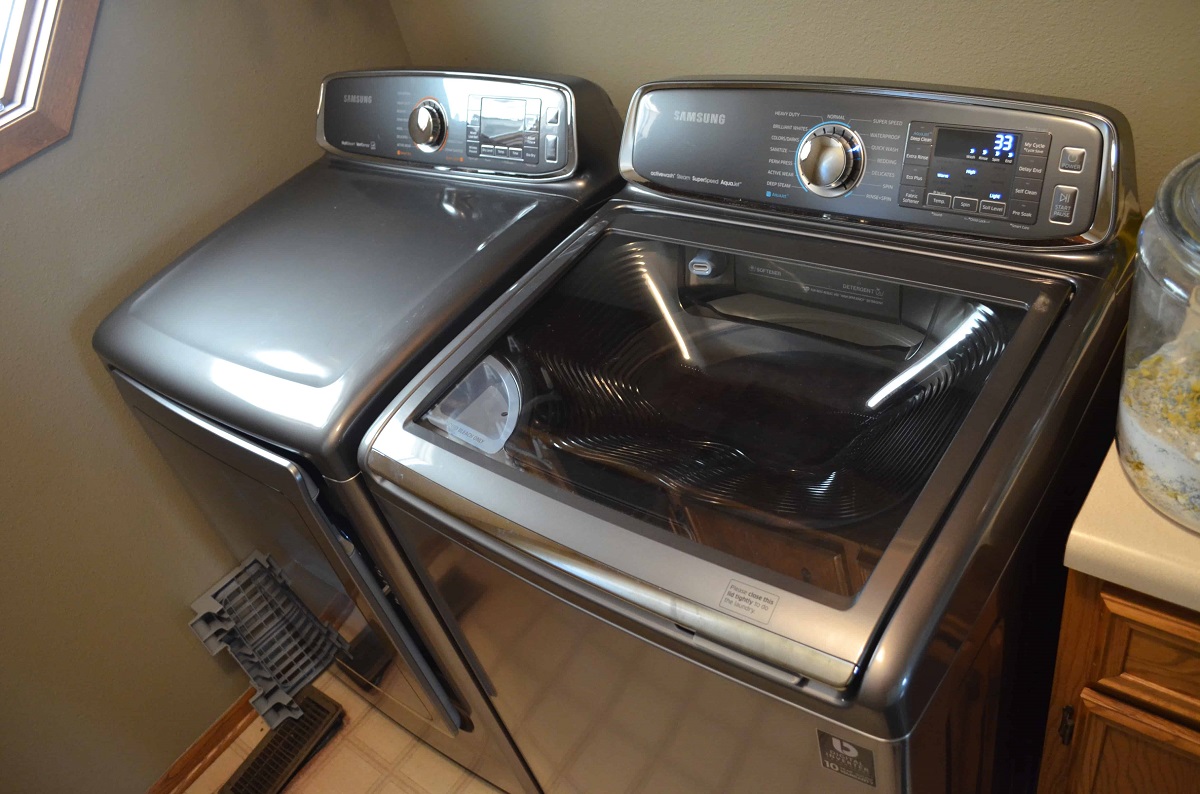
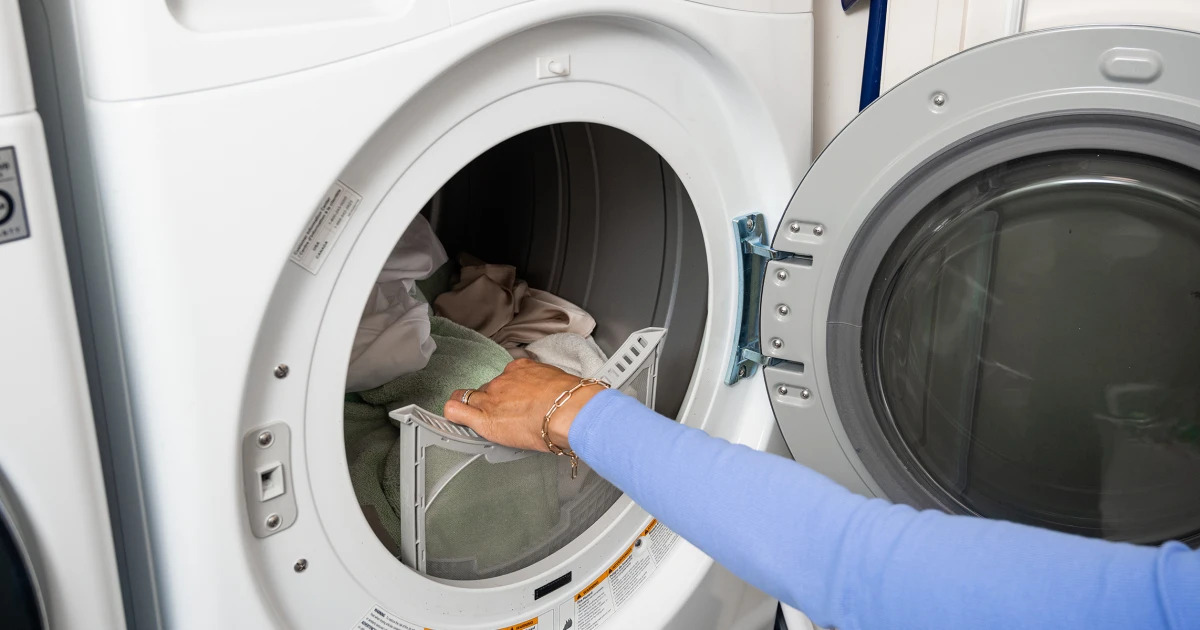
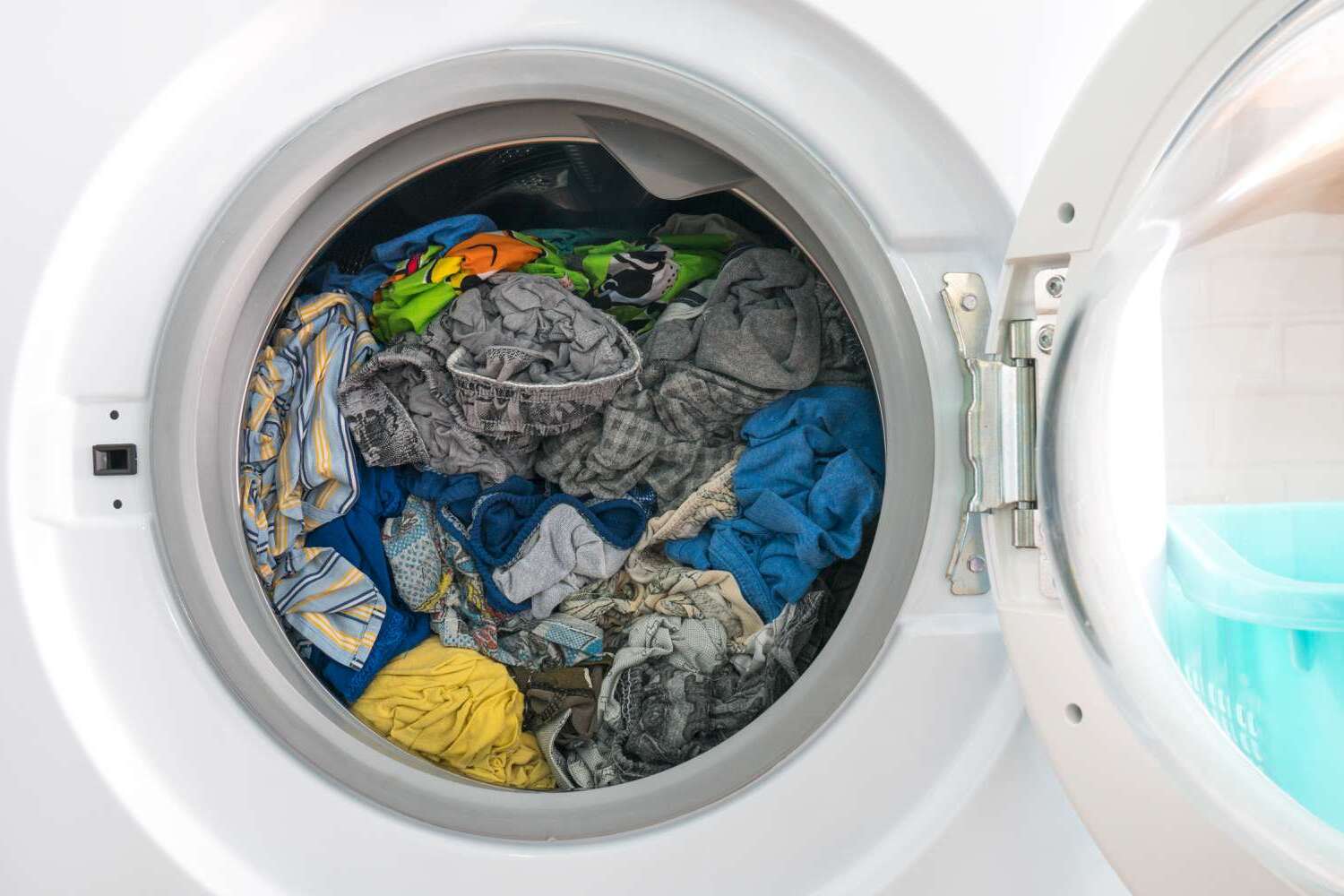
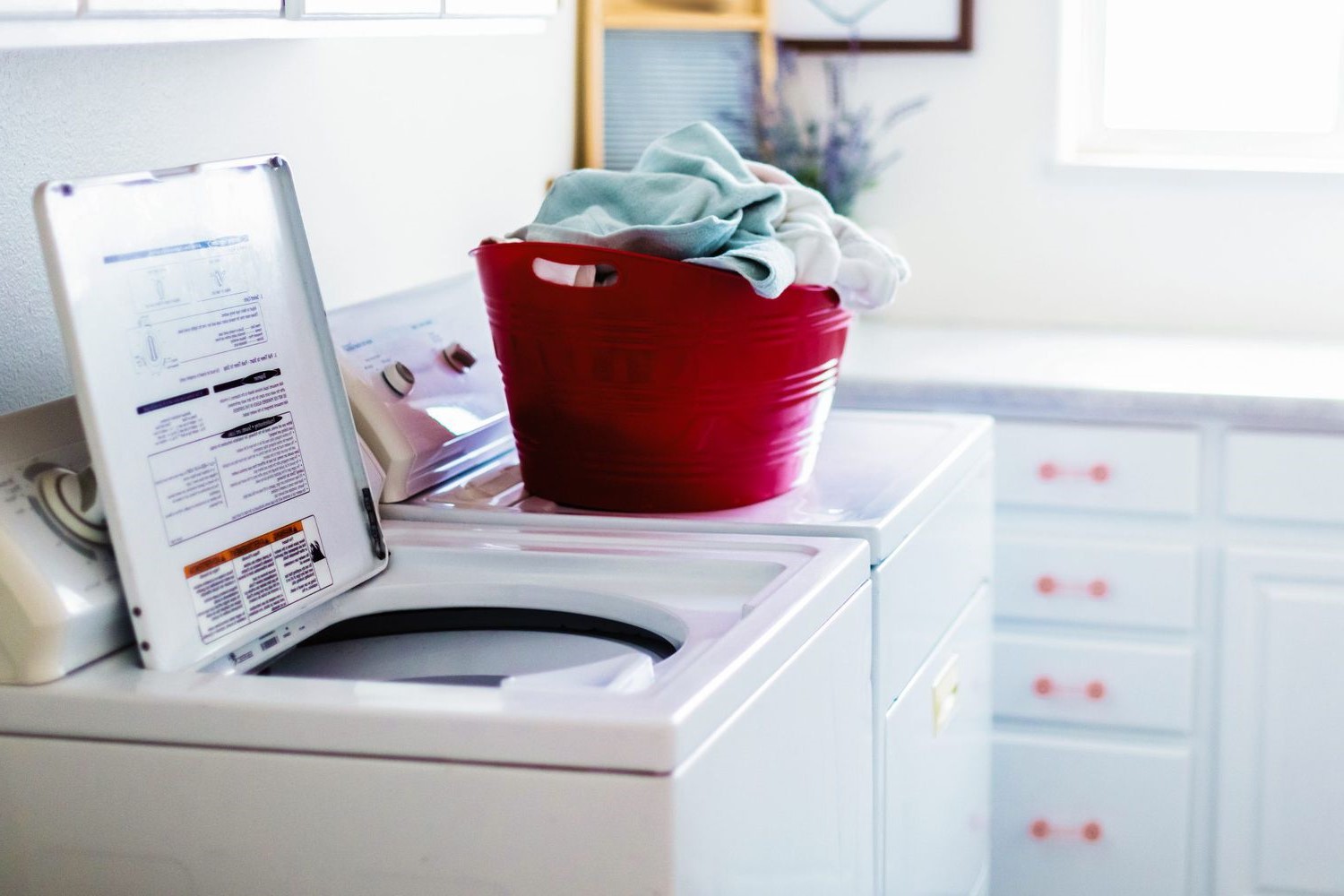
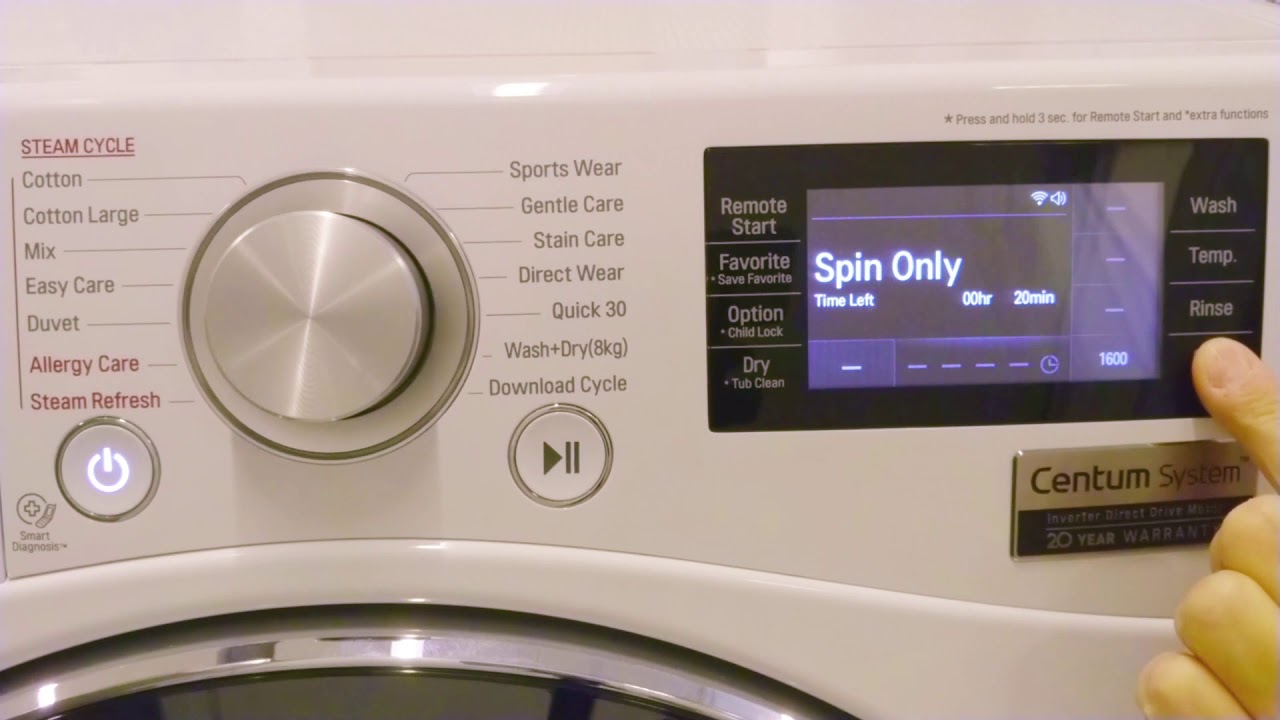

0 thoughts on “How Do You Sanitize A Washing Machine”